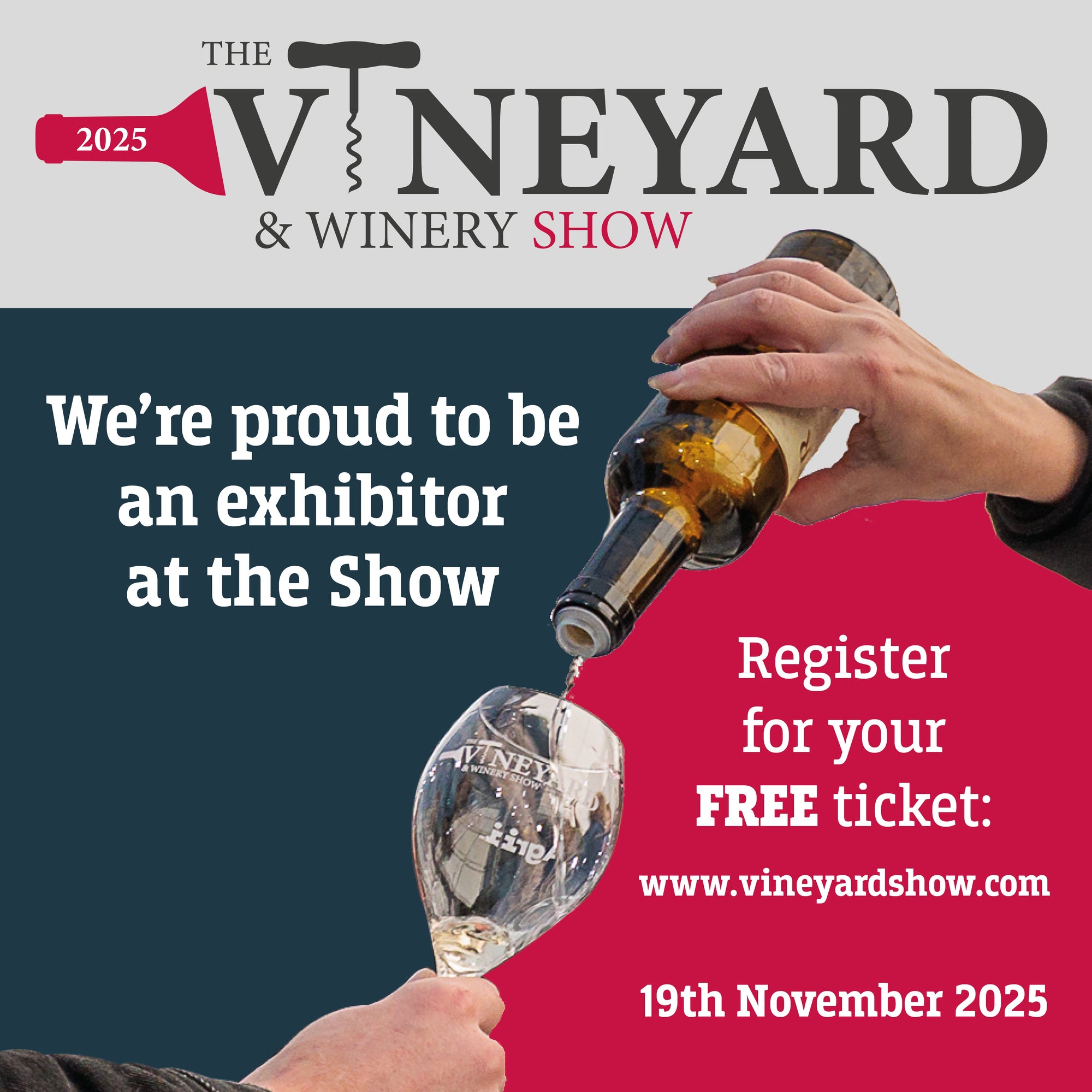

Is Mechanised Pruning an Option for UK Vineyards?
Pruning is the largest outgoing for time and labour costs during the growing season.
Having worked extensively in Australia and New Zealand, I thought it would be useful to look at how vineyards in these regions keep pruning costs to a minimum utilising mechanisation and whether the UK could benefit from implementing these systems.
Marlborough, New Zealand
Due to the vigorous nature of many of the sites and the varieties grown (70% Sauvignon Blanc), most vineyards are pruned to a vertical shoot positioning (VSP) 3-4 cane system. According to a November 2022 report, the Marlborough region is experiencing a shift to mechanisation due to the scale of vineyard plantings (27,800 hectares) and the diminishing workforce. The manual practice of ‘stripping out’ has become somewhat redundant as a machine, manufactured by a company called Klima, is now widely used. This machine has been able to reduce labour inputs by about 40%. The Klima is a front-mounted pruning stripper and mulcher that can operate at speeds between 2 to 6 km/hour and cover 300 ha/season.
The Klima is most effective when the following four aspects are adhered to:
- The wires need to be releasable - anything attaching wires to posts or attached to the wires needs to be released so that the wires can be fed through the Klima’s head;
-
A small number of skilled pruning staff need to undertake the initial pass making the all-important cane selection and head positioning choices;
-
The Klima then lifts, extracts wires and surplus material clear of replacement canes stripping and mulching in one pass; and
-
The fruiting wires are then reattached to the intermediate posts and canes are ready to trim to desired bud number and tie down.
Barossa Valley, Australia
Barossa Valley, like many wine regions in Australia, relies heavily on the mechanical pruner/barrel pruner to reduce labour inputs. Spur pruning makes up 80% of vineyard pruning in the Barossa Valley. This style of pruning has been proven to reduce costs. Spur pruning in the Barossa Valley costs roughly $1,600AUD/ha (with pre-pruning) compared to cane pruning at $2,300AUD/ha. Spur pruning is used widely in all regions across Australia, but generally in warmer regions. It is cheaper, easier for inexperienced labour, and creates a more uniform bud break and shoot growth. Australia has other cooler climate regions throughout that are adopting spur pruning to reduce costs and require less labour resources. Yield results from spur pruning on average give a higher bunch number, but the bunches and berries tend to be smaller than cane pruned vines in this region.
Options for UK Vineyards
The most commonly used pruning method in the UK is the unilateral (single) or bilateral (double) cane Guyot system. This system is favoured for the ability to prune according to the vigour of the vines. It allows the grower to have better control on overall yield which is important for reaching critical quality parameters in cool climate viticulture. Pre-pruning/barrel pruning is becoming more commonly used in the UK which helps save pruning crews time by cutting shoots between the 3rd and 4th lifting wire position. The Klima method which is widely used in New Zealand in cane pruned vineyards could be an option to reduce labour demands/costs here in the UK.
Spur pruning in the UK could be explored in varieties grown for both still and sparkling wine production. Spur pruning is an effective pruning method for most Vinifera varieties and could be a way for growers to save on pruning costs whilst potentially increasing fruit quality. A study was conducted in Tasmania, Australia (cool climate growing region) looking at Chardonnay and Pinot Noir grape varieties and the differences between cane and spur pruning on yield and overall quality of the fruit. There was no effect on the total yield for either cultivar in any of the three seasons the study was completed. Total soluble solids and pH were found to be higher in the spur pruned vines over the course of the study (J.E. Jones et al, 2018). The overall results provide confidence that quality is not lessened, in fact could be improved, by shifting from the industry norm of cane pruning to spur pruning.
With the UK wine industry expanding exponentially, it is important to look at potential mechanisation for pruning. Marlborough and Barossa Valley are two important regions when it comes to innovation within the industry. The practices done within these regions could potentially help the growers who are struggling for labour resources when pruning rolls around each year.
At VineWorks, we believe in the future of the UK wine industry. That is why our team of viticulture experts are always looking for ways to achieve the best outcome for our customers ONE VINE AT A TIME.
References
-
Allen, David (ed), www.wine-searcher.com/regions-marlborough#marlborough-sauvignon-blanc-1. 16 Nov 2022
-
Jones, J.E., Kerslake, F.L, Dambergs, R.G., Close, D.C. “Spur pruning leads to distinctly different phenolic profiles of base sparkling wines than cane pruning”, 2018. Tasmanian Institute of Agriculture, University of Tasmania.
PUBLISHED IN VINEYARD MAGAZINE - JANUARY 2024
Photo credit @ Andrew Forgesson, 2023



